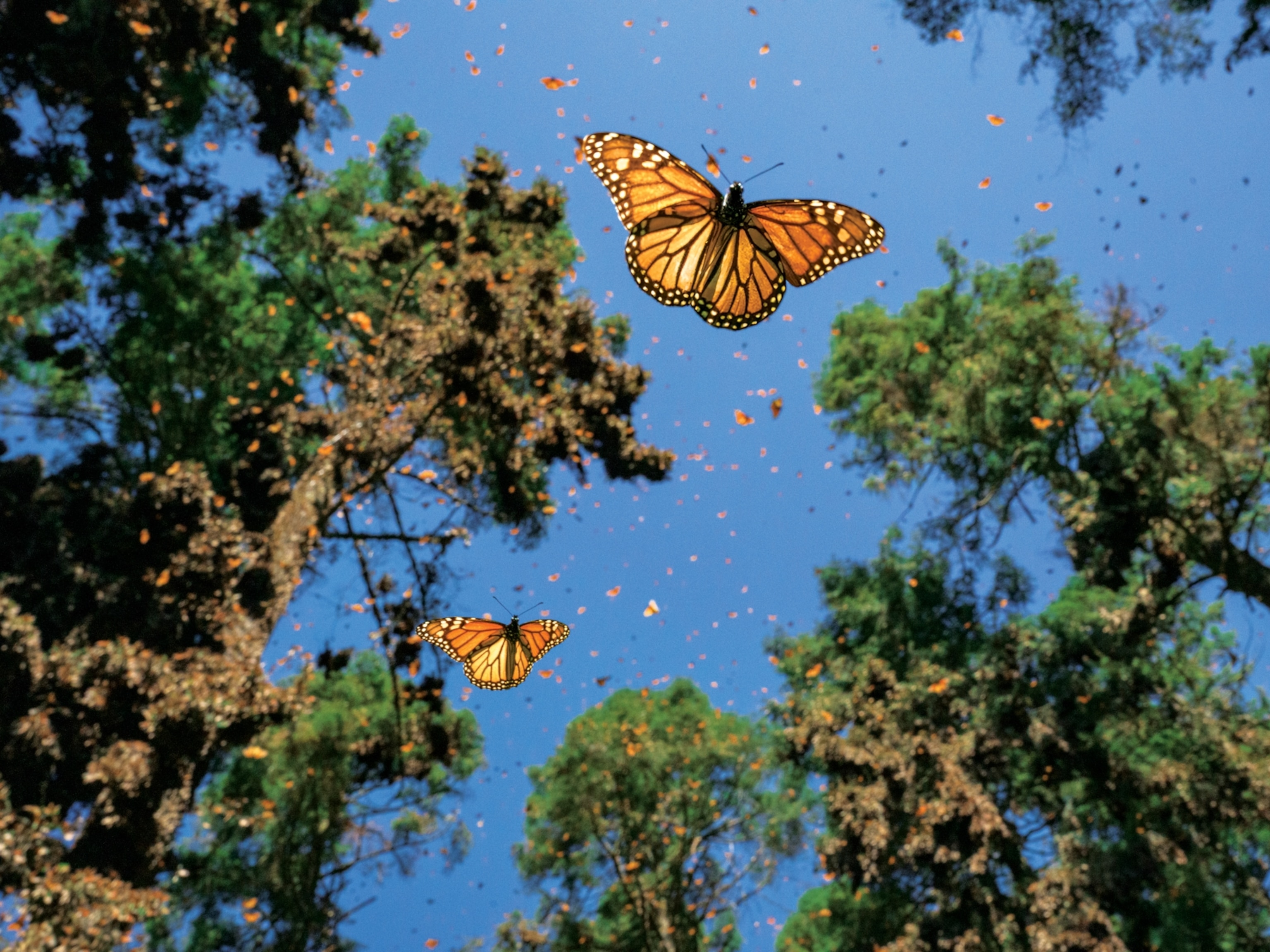
How Your Backyard Can Save Butterflies
Dan Ashe is director of the United States Fish and Wildlife Service. A fan of the outdoors since childhood, Ashe, 59, has devoted his career to conservation. He’s currently focused on saving the monarch butterfly—an effort that can take flight with help from a little strategic gardening. (To help, visit www.fws.gov/savethemonarch.)
Orange-and-black monarch butterflies are highly recognizable, but there are fewer of them to spot now than ever before. Why?
As recently as the mid-1990s, population peaked at an estimated one billion butterflies. Now that number is less than 50 million, a tremendous decline. The principal factor seems to be the loss of habitat, specifically the loss of milkweed, which is where the butterflies lay their eggs. Herbicides are very effective for food production, but the casualty has been milkweed. It’s catastrophic for an insect like the monarch; the good news is we can rebuild that habitat, even in our own backyards.
Is planting milkweed really that simple?
Our challenge is to make sure local seed varieties are readily available to people. If they are, then yes, it’s as easy as planting some plants. They will grow, and the monarchs will just show up. That’s kind of a miracle. The scale can be a backyard, a schoolyard, a state park, a national park. It’s a matter of everybody doing what they can do, and it all makes a difference.
If things don’t turn around, how much longer does the monarch have to live?
It’s hard to tell. Species are resilient, but there can be a tipping point, and we don’t know where that is with monarchs. Most scientists believe we could push up the population by creating habitat. Given the butterfly’s migration routes from Mexico to Canada, though, that habitat has to be widespread. It has to be 48 states and three nations working together.





